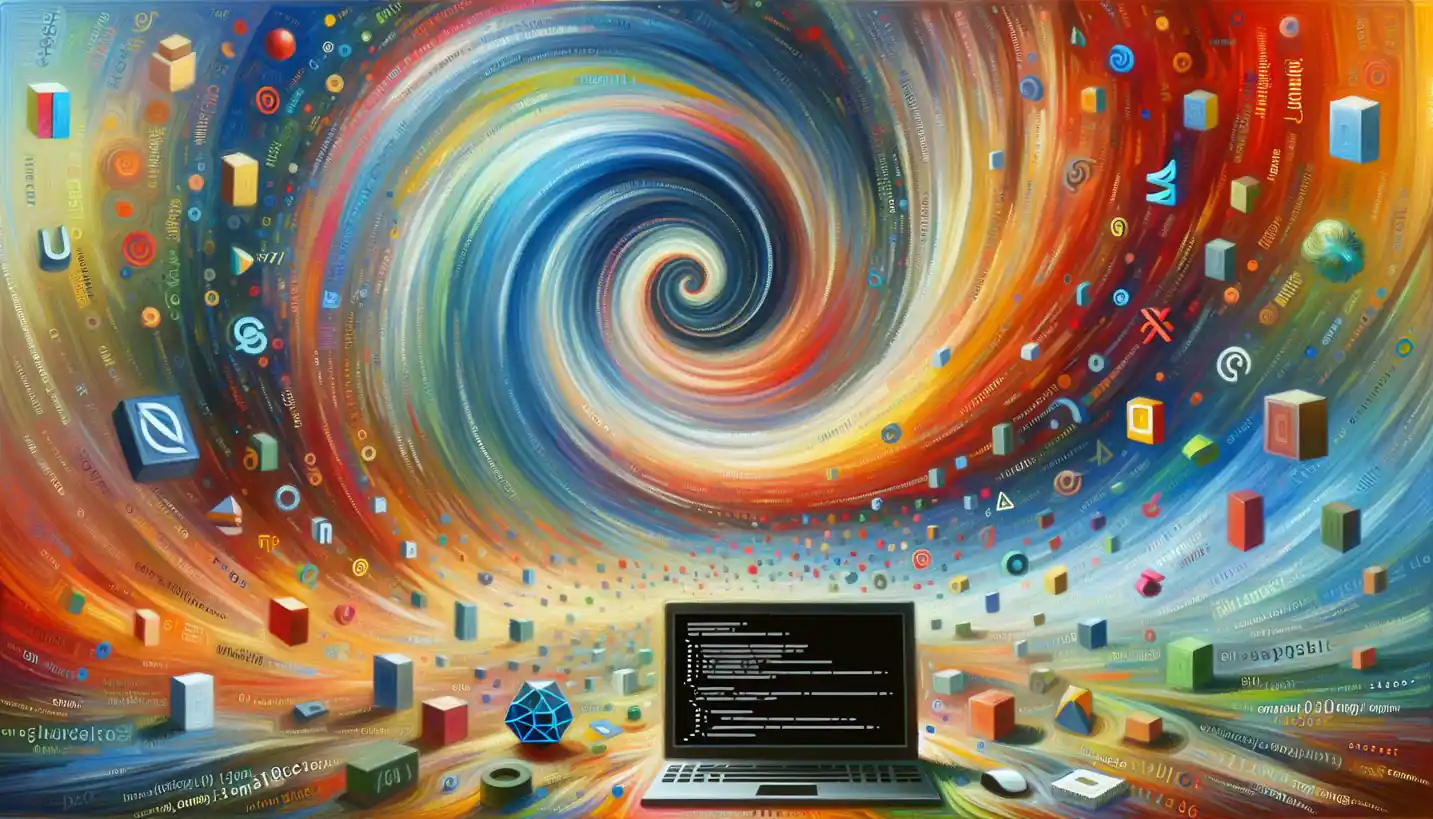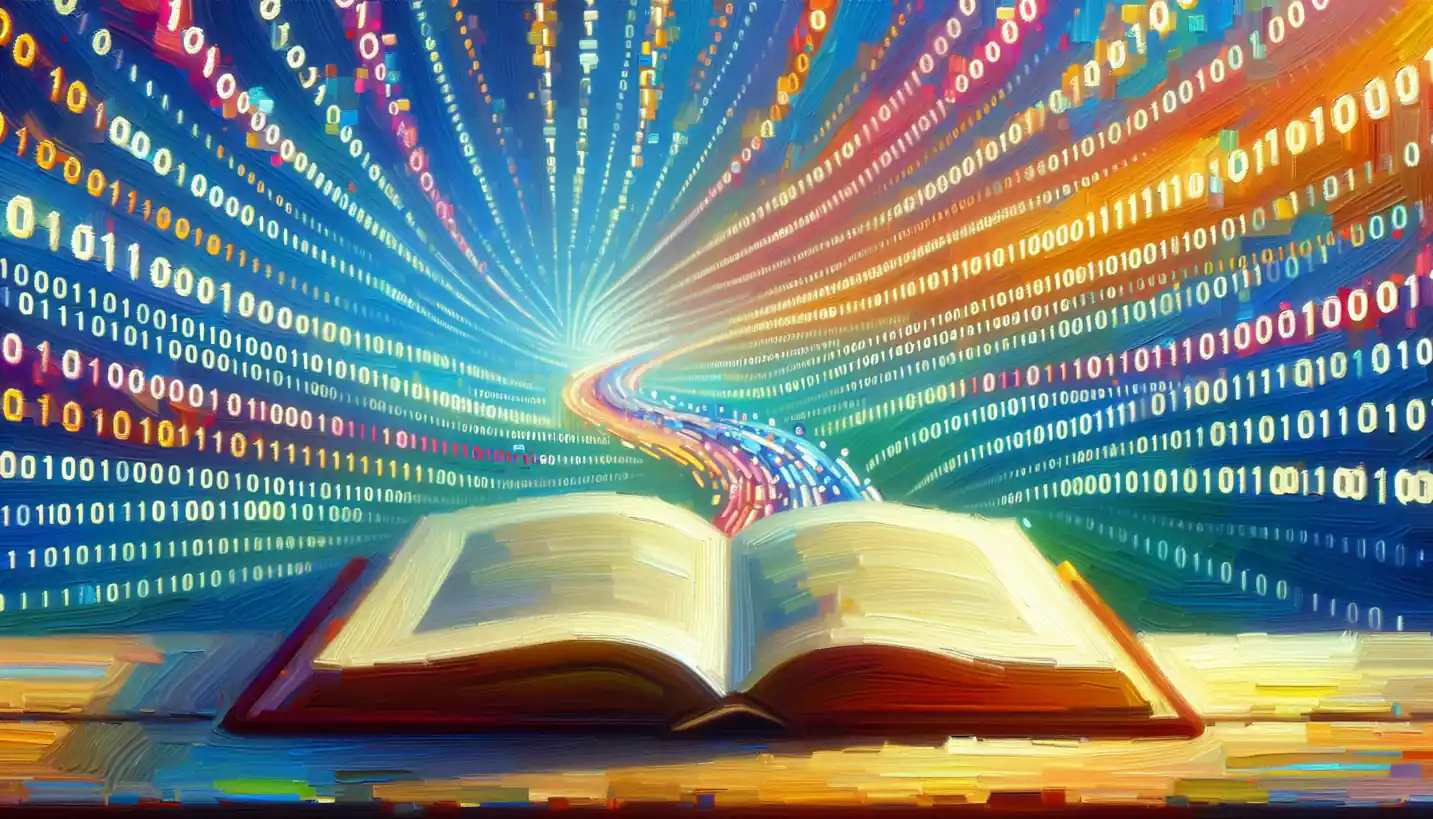· Computer Science · 4 min read
Training Dataset: Crucial Insights into Computer Vision's Backbone
A Training Dataset offers insights into developing smarter algorithms for computer vision. See how data makes machines more accurate and intelligent.

When we delve into computer vision, one concept stands out as crucial: the training dataset. But what exactly is it, and why is it so important in computer science? Let’s explore this idea and its significance in shaping how machines “see” the world.
What is a Training Dataset?
At its core, a training dataset is a collection of data used to teach a machine learning model. In the realm of computer vision, this dataset often contains numerous images, each labeled to help the system recognize patterns and features. Think of it as a teacher showing a student countless example pictures to learn the difference between, say, a cat and a dog.
Why Are Training Datasets Essential?
Training datasets are like the foundational lessons all machines need before they can perform tasks independently. Without them, a model wouldn’t know how to start analyzing or understanding images. Imagine trying to complete a puzzle without knowing what the final picture looks like; that’s the challenge a model faces without a proper training dataset.
The Role of Labels
Labels are the descriptors that accompany each piece of data in the dataset. They guide the learning process. In our cat and dog example, the labels would specify which images are cats and which are dogs. These labels are essential as they steer the model in the right direction, allowing it to differentiate and learn effectively.
Building a Good Training Dataset
Creating a robust training dataset involves critical steps, each impacting the model’s success:
Diversity: A good dataset includes a wide range of examples. For facial recognition software, this means including faces of different ages, ethnicities, and expressions.
Quality: Images should be clear and relevant. Blurry or irrelevant images can mislead a model, akin to teaching a child to read using smudged books.
Quantity: The more examples, the better. A larger dataset helps the model learn more variations and nuances, improving accuracy.
Challenges in Creating Training Datasets
Building a great training dataset isn’t without hurdles:
Bias: If a dataset lacks diversity, the model may develop biases. For instance, a facial recognition system trained mostly on images of a single ethnicity might struggle with others. This underlines the importance of balance.
Labeling Errors: Mistakes in labeling, like calling a dog a cat, can confuse the model, leading to inaccuracies. This is why human oversight is often employed during labeling.
Privacy Concerns: Collecting images, especially those involving people, necessitates careful consideration of privacy laws and ethical guidelines.
Tools and Techniques for Data Preparation
Several tools and methodologies help in creating and refining datasets:
Data Augmentation: This involves altering existing images (e.g., rotating or flipping) to create new ones. It effectively increases the dataset size without new data collection.
Transfer Learning: Sometimes, models pretrained on a large dataset can be fine-tuned with a smaller, more specific dataset. This approach saves time and resources, leveraging previous learning.
Annotation Tools: Platforms like Labelbox or VGG Image Annotator assist in efficiently labeling images, ensuring consistency and accuracy.
The Future of Computer Vision and Training Datasets
As computer vision evolves, so too does the role of training datasets. With advancements in artificial intelligence, there might be techniques to create datasets more automatically or even use synthetic data. Imagine a world where a computer can generate realistic images to train itself—this could revolutionize the field.
Moreover, continual improvements in data privacy and unbiased representation are reshaping how datasets are compiled, with algorithms designed to detect and rectify biases.
Why It Matters
Understanding the intricacies of training datasets isn’t just a concern for scientists and engineers; it impacts everyone using AI technologies. As machines get better at vision tasks, from autonomous vehicles to medical imaging, the datasets behind these advances play a critical role. They’re the silent teachers guiding AI to make better, safer decisions in our everyday lives.
A Final Thought
The training dataset is much more than a collection of images. It’s the bedrock of computer vision, shaping the capabilities and limitations of modern AI systems. Those interested in the field must appreciate the care and precision needed in crafting these datasets. Only then can we ensure that our machines see the world clearly, accurately, and inclusively.



